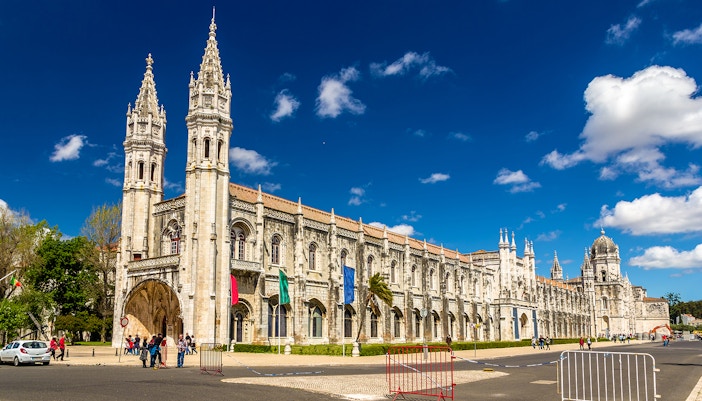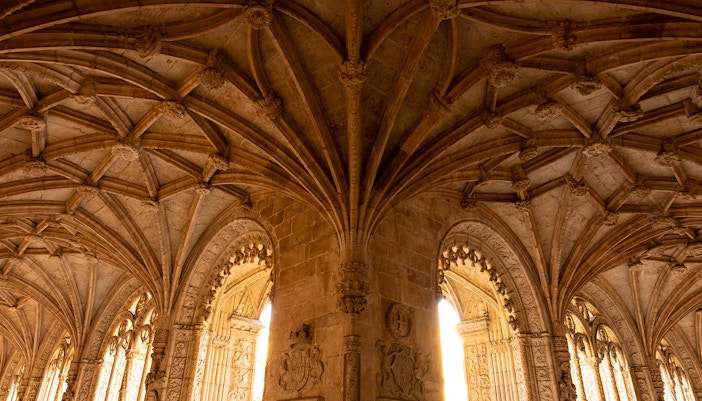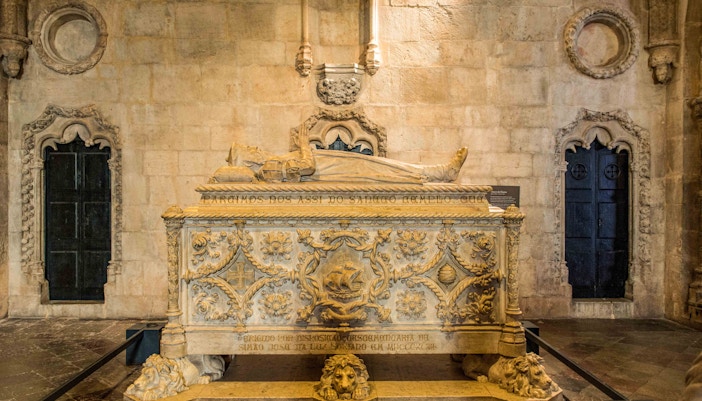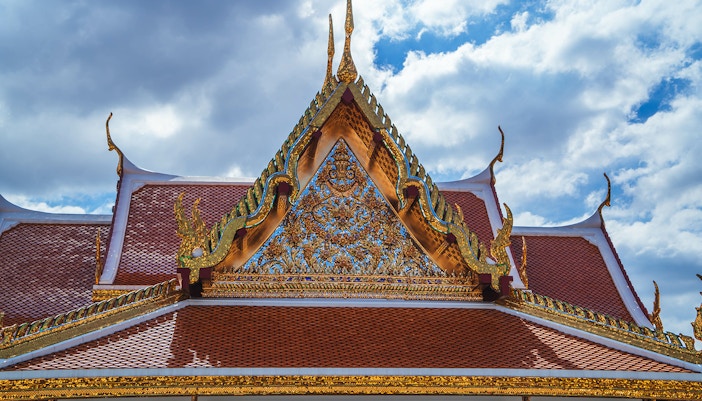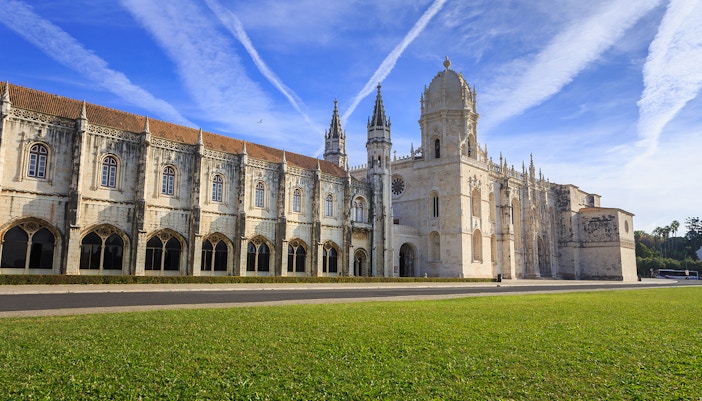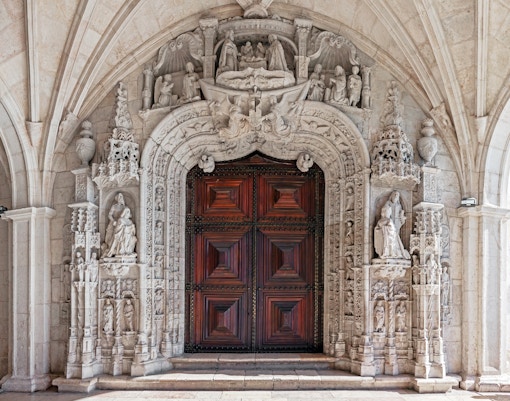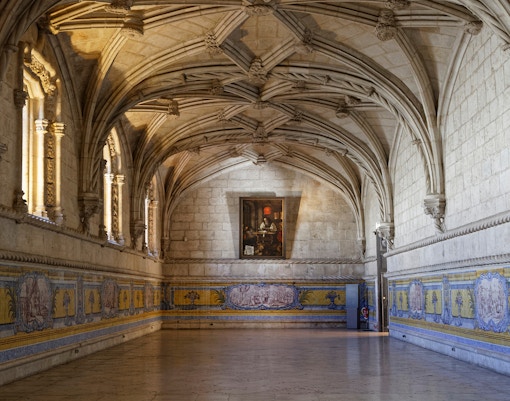Popularly known as Portuguese late Gothic architecture, this was one of the artworks that resulted from the transition during the age of the Renaissance. One of the striking features of this style of architecture is decorative paneling on windows, arcades, and pillars. The inlays on the stonework are intricately made, displaying complete craftsmanship. The Jerónimos monastery was designed by the influential architects Diogo Boitac and João de Castilho in Portuguese history.


